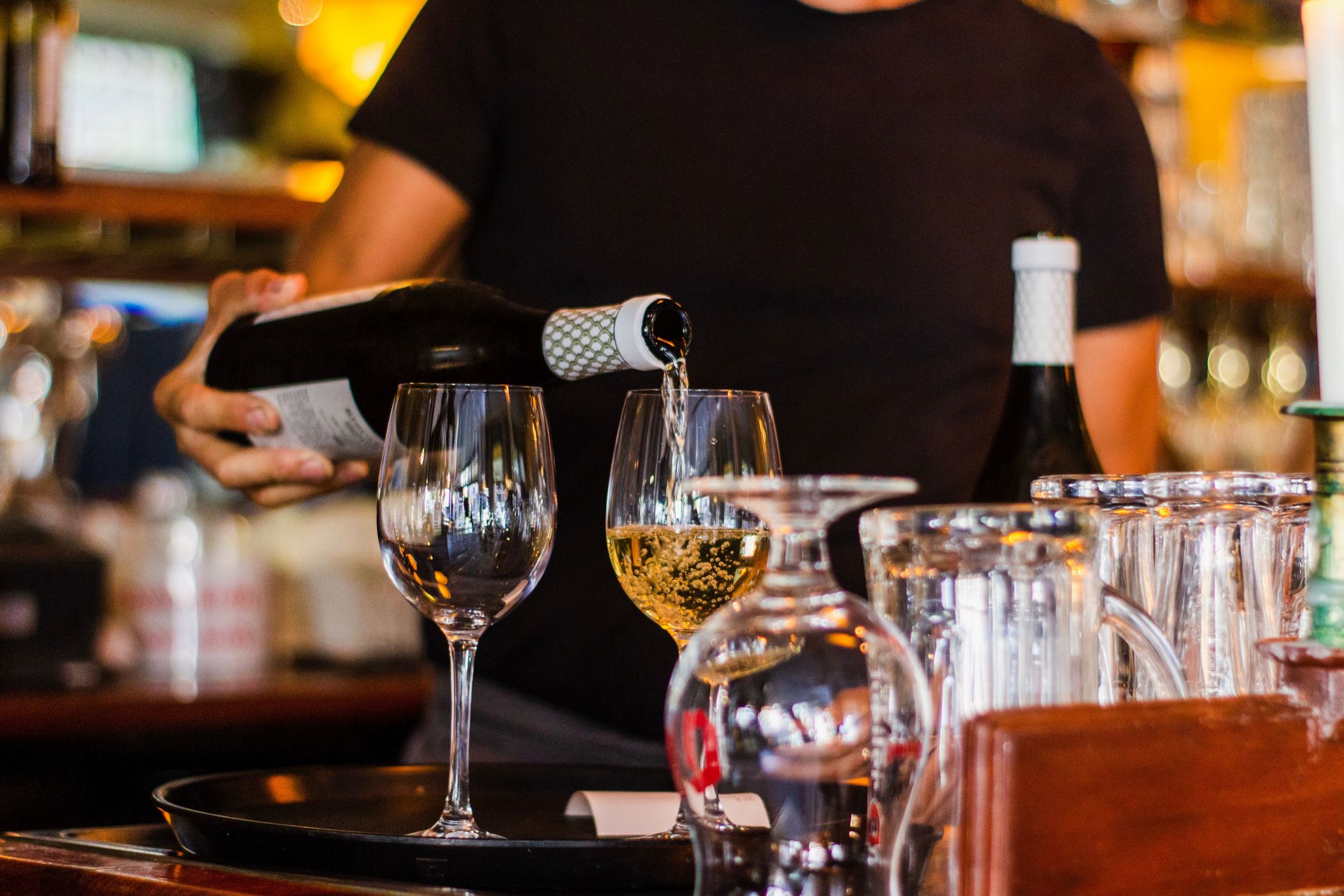Wine tasting is more than just sipping and savouring—it’s a journey that engages all your senses, transforming the simple act of drinking into an art form. Whether you’re a novice or a seasoned enthusiast, developing your palate is key to fully appreciating the nuanced world of wine. Wine Guy on Skye will take you through the steps to refine your tasting skills and elevate your wine experience.
Understanding the Basics: Look, Smell, Taste
Wine tasting involves 3 primary steps: looking, smelling, and tasting.
- Look: Begin by examining the wine’s appearance. Tilt your glass slightly and observe the colour and clarity. White wines can range from pale yellow to deep golden, while reds can vary from light ruby to almost opaque garnet. The wine’s colour can provide clues about its age and grape variety. For instance, older red wines often take on a brick-like hue, while younger wines are more vibrant.
- Smell: Swirl the wine in your glass to release its aromas, then take a deep sniff. The nose is one of the most important tools in wine tasting. Aromas are typically categorised into 3 groups:
- Primary aromas come from the grapes and include fruity, floral, and herbal notes.
- Secondary aromas arise from the winemaking process, such as yeasty or nutty notes from fermentation.
- Tertiary aromas develop during aging, often manifesting as earthy, spicy, or woody characteristics.
- Taste: Finally, take a sip and let the wine roll over your tongue. Pay attention to the balance of sweetness, acidity, tannins, and alcohol. Notice the texture—whether the wine feels light or full-bodied—and observe the finish: does the flavour linger, or does it dissipate quickly?
Practice Makes Perfect: Expanding Your Palate and Drink more Wine!
The more you try, the better you get! Developing your palate requires practice and exposure to a variety of wines. Here are some tips to hone your tasting skills:
- Taste Frequently: Regularly tasting different wines helps you recognise and remember flavours. Start with wines from various regions and grape varieties. Comparing similar wines side-by-side is a great way to notice subtle differences – can you taste a difference between a French Sauv-Blanc compared to a NZ Sauv-Blanc?
- Use Descriptive Language: When tasting, try to articulate what you’re experiencing. Are you sensing blackberries or cherries in that Merlot? Is there a hint of vanilla or tobacco in the finish? Developing a vocabulary for wine helps sharpen your ability to identify and remember specific characteristics.
- Pair with Food: Wine and food pairing is another avenue to refine your palate. The right pairing can enhance the flavors of both the wine and the dish. Experiment with different combinations to understand how wine interacts with various tastes, such as salty, sweet, or umami.
- Join a Tasting Group: Sharing your tasting experiences with others can provide new insights and perspectives. Tasting groups offer a social environment where you can learn from more experienced tasters and discuss your impressions. WGoS holds regular tastings so you can join in and try new wines and hone your palate – plus it is quite good fun!
Trust Your Senses
Ultimately, wine tasting is a personal experience, and there’s no right or wrong way to enjoy wine. Trust your senses and don’t be afraid to express what you like or dislike. As you continue to taste and explore, you’ll develop a deeper understanding of your preferences and a more refined palate.
At the end of the day, the art of wine tasting is about pleasure and discovery. The more you practice, the more you’ll appreciate the subtle intricacies of each bottle, turning every glass into an opportunity to savor something truly special.
Explore, Taste, Enjoy
Whether you’re just starting or are well on your way to becoming a connoisseur, remember that wine tasting is a journey. At Wine Guy on Skye, we’re here to support that journey, offering a curated selection of wines to suit every palate. Explore, taste, and most importantly—enjoy.

